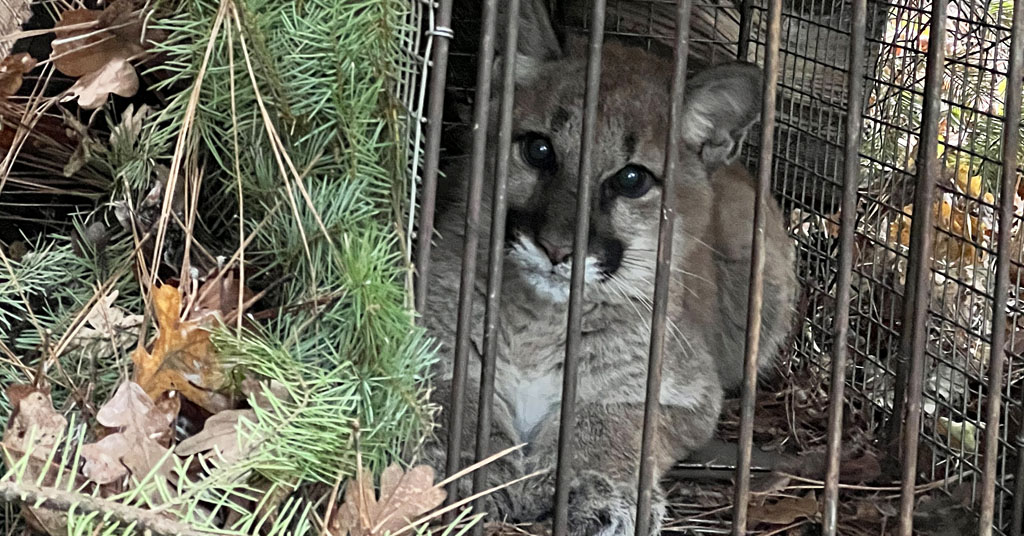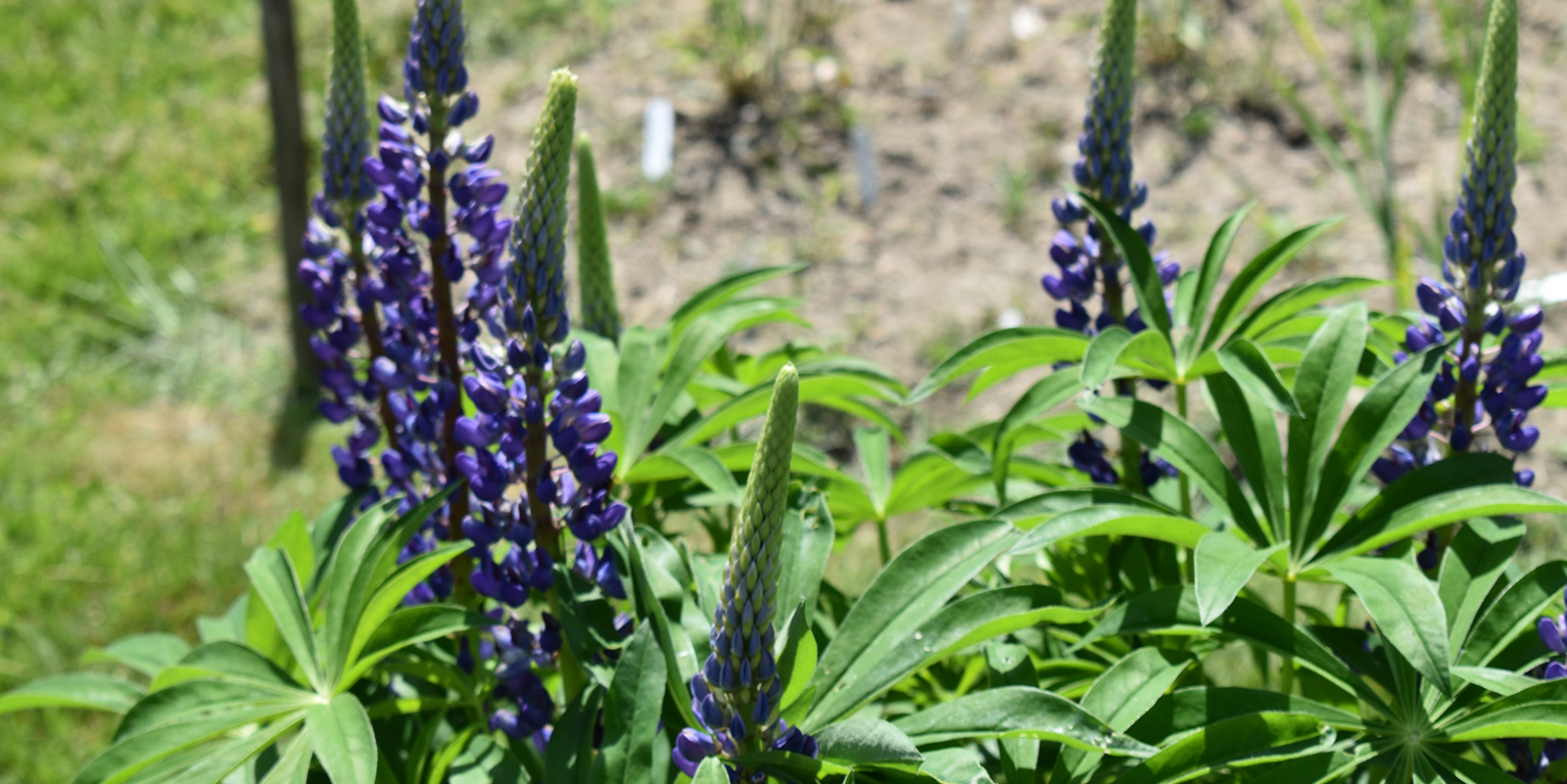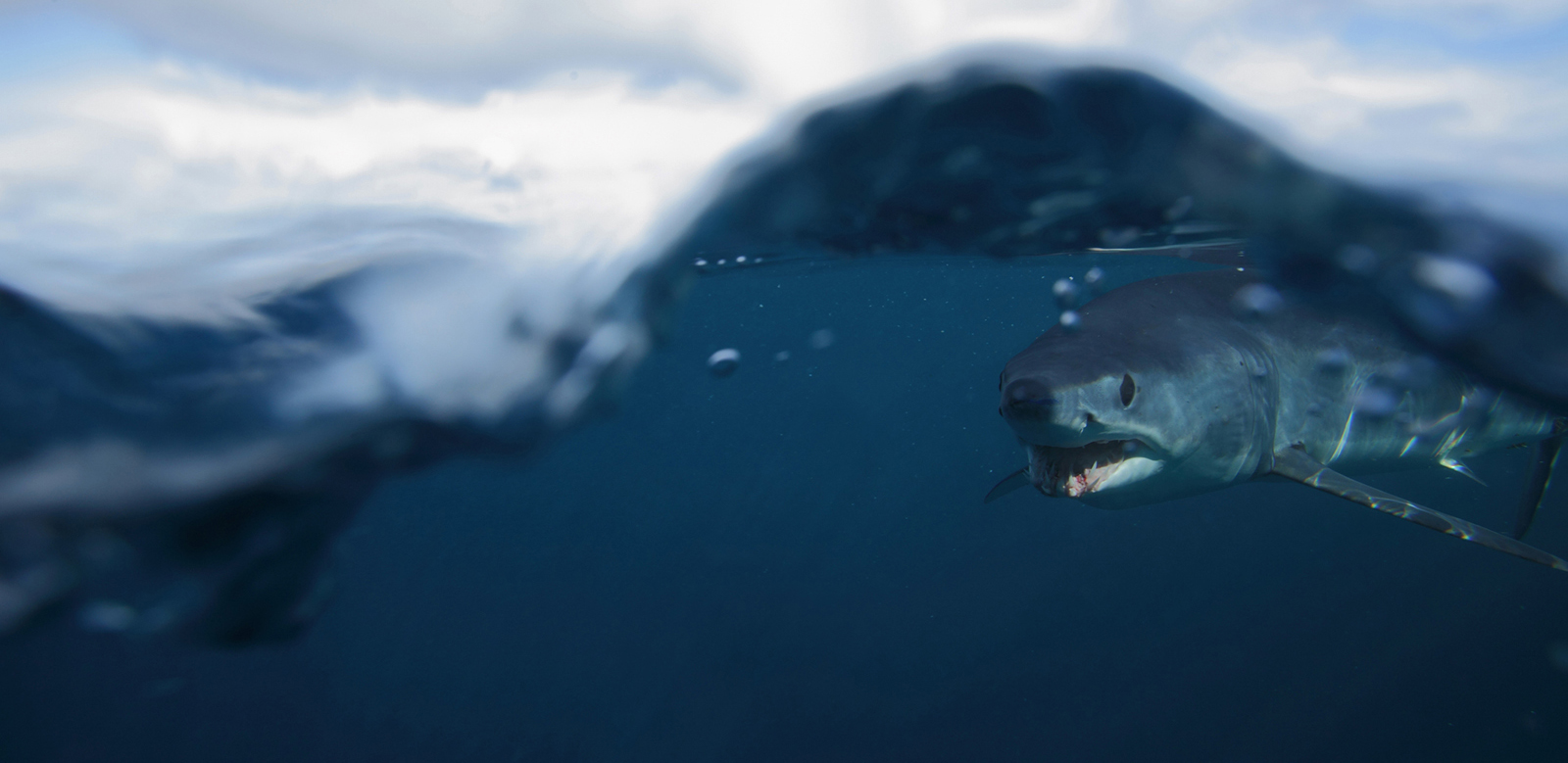Audubon Report: Studying Birds’ Migration Patterns Key to Reversing Population Declines
June 1, 2023
Humans have long been fascinated by birds, and how and why they migrate.
Aristotle, the Greek philosopher, thought birds transformed from one species into another at certain times of the year. Some believed birds flew to the moon during the winter, or that they hibernated in the mud at the bottom of lakes, or that hummingbirds rode on the backs of geese to travel great distances.
How else to explain the disappearance of certain bird species during the winter, or why some birds seemed to double or triple in number at other times?
Scientists and biologists know much more about bird migration now, why they do it and, for the most part, how. Almost half of all birds migrate in some form or another. Many migrate at night, when the weather is calmer and there are fewer predators. Some birds travel as far as 7,000 miles nonstop, and others return to the same locations year after year.
Migration takes a toll on birds — it’s a dangerous time, when the exhausted birds are especially vulnerable to predators, deteriorating habitat, and climate change. Researchers are realizing that it’s vital to understand migration patterns and habitat usage to prevent further loss of already declining bird populations.
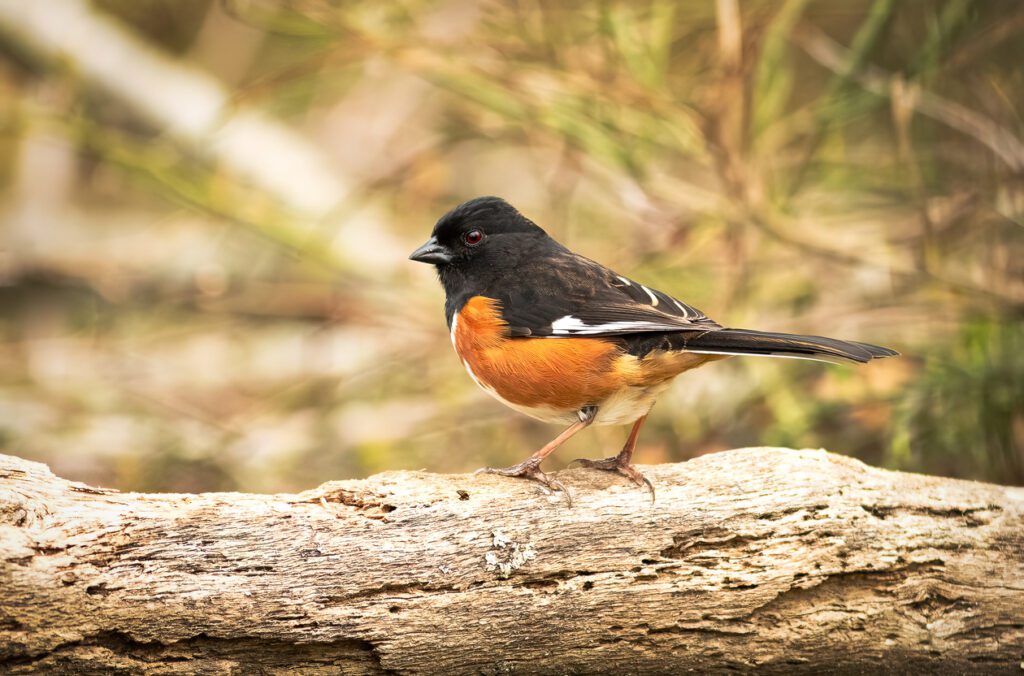
“The more bird migration comes into focus, the more we realize that, to conserve our declining birds, we must focus our attention on these strenuous and perilous periods in their lives,” said Charles Clarkson, director of avian research at the Audubon Society of Rhode Island.
The society’s recently released State of Our Birds Part II report is a start toward examining the habits of birds that use Audubon’s 9,500 acres of refuges as stopovers on their migrations. Research suggests Rhode Island — the western part of the state in particular — is more important than any other New England location for migrating birds.
The trend was determined by analyzing the predicted density of birds moving through the region based on radar data collected between 2008 and 2014, Clarkson said. The research, conducted by Jeffrey Buler’s Aeroecology Lab at the University of Delaware, involved analyzing radar from U.S. Fish & Wildlife Service’s Region 5. By mapping the density of birds during autumn migration, an index was created that depicted the importance of locations within this region at providing stopover habitat.
“When compared to southern Maine, southeastern New Hampshire and eastern Massachusetts, western Rhode Island held a higher importance for migratory birds. The forested regions of western Rhode Island and southeastern Connecticut appear to provide essential stopover habitat for birds undergoing fall migration,” Clarkson said.
In the spring, migrant bird diversity increases in the state, hitting a peak between May 5 and 11, according to the report. In the fall, the number of long-distance migrators (Baltimore oriole, gray catbird) decreases while the short-term migrators (eastern towhee, pine warbler) increase, with a peak coming between Oct. 7 and 11.
Since migrating birds use the state as a stopover, rather than a destination, it’s important to provide high-quality habitat to support them, the report says. That means conserving both large tracts of habitat for the birds that live here, while also protecting and nurturing the smaller, isolated patches of habitat that birds use as they traverse the Atlantic Flyway, the migration pattern that runs along the East Coast.
“A well-rounded management plan should consider not only the overwintering and breeding periods, but the ability of land to provide for birds that are undergoing long and arduous journeys,” Clarkson said.
Birds on the move may need emergency provisions, and small patches of habitat, especially in urban environments, can help supply them. The Audubon Society currently oversees a number of parcels that are less than 20 acres in Rhode Island and plans to begin documenting birds’ use of these vital lifelines in the fall.
The amount of time a bird spends at a particular habitat depends on four things: weather conditions; the bird’s condition; the risk of predation; and the availability of resources at previous and future stopovers. Small, fragmented parcels of habitat often possess more biodiversity compared to the land around them, the report says, and so can provide critical resources to migrating birds.
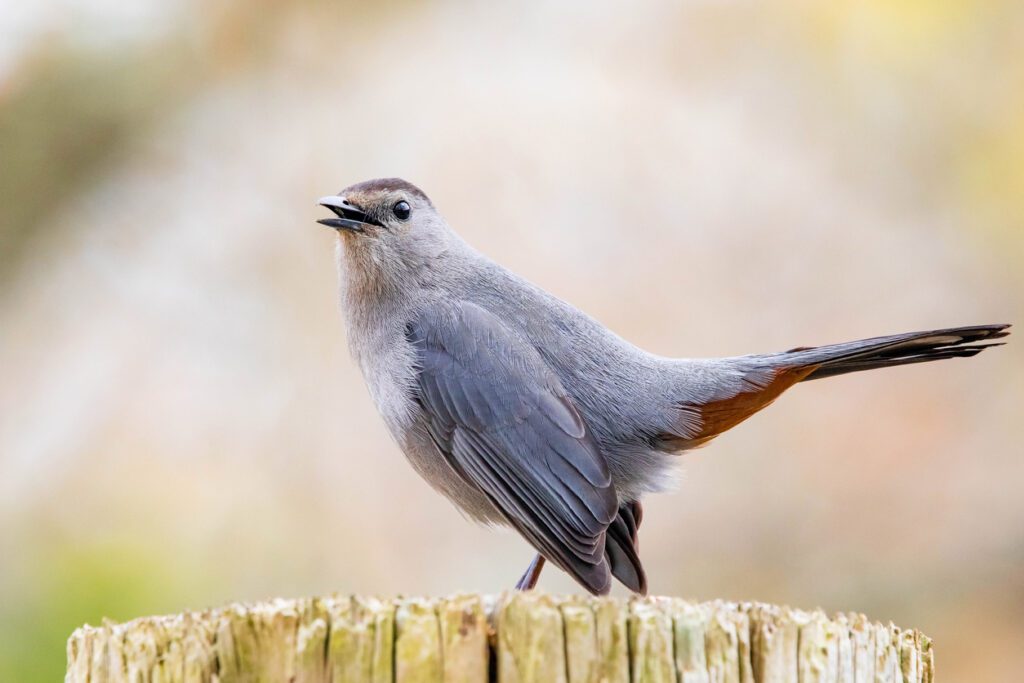
Understanding bird migration is essential to reversing population declines and mitigating the effects of climate change, according to the report. When birds migrate, they make decisions that dictate their success during their wintering and breeding periods, such as how far to travel, where to stop, and how long to stop.
As climate change increasingly results in unpredictable weather, birds that have timed their migration to coincide with certain weather or food sources are finding themselves out of sync with the plants and insects they rely on for sustenance. This “phenological mismatch” is resulting in the decline of many species, especially those who migrate long distances, according to the report.
The Audubon Society’s research is an attempt to understand how birds migrate through Rhode Island, to help predict which species will most likely experience a resource mismatch and determine how best to mitigate population loss.
“Birds have co-evolved alongside the habitats they use for breeding, overwintering and during migration for millions of years. They time their annual cycle to the availability of resources across the landscape and, as climate change makes the timing of biological events (such as the peak abundance of insect prey, which can be used to feed chicks) more variable, fewer birds are capable of successfully timing their cycle to coincide with the resources they need,” Clarkson said. “The more we know about when and how birds use the state during periods of migration, the better we can be at meeting their energetic demands and fueling their journeys. Migration is very costly to birds; in fact, mortality is six times higher during these periods than during the portion of the year when birds are stationary. To the degree we are able, we want to help birds make it safely to their final destination.
“These amazing creatures … now rely on us to safeguard their future. Our focus remains on doing what we can to rise to this challenge.”

